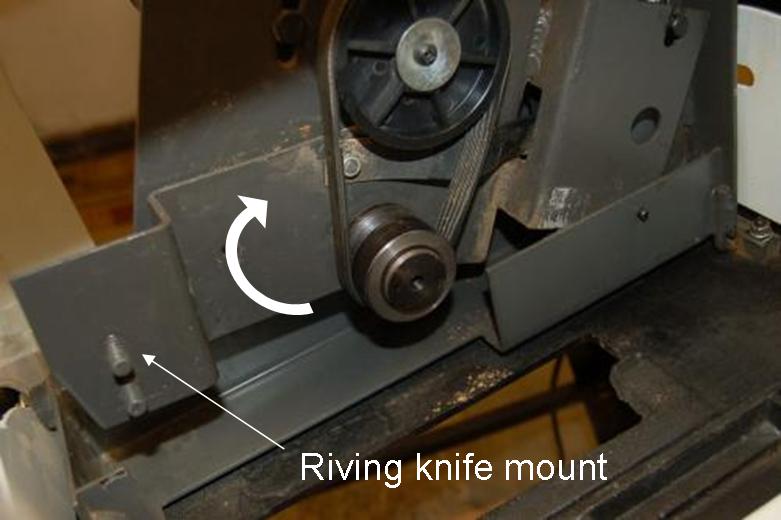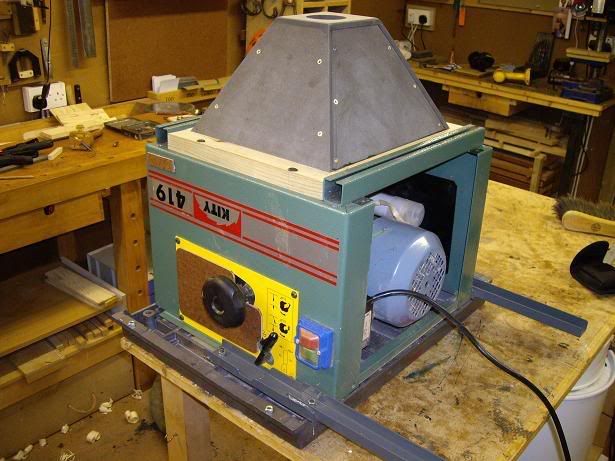jimi43
Established Member
Tom...is this how it moves?

Jim

Jim


studders":1w6464rb said:From the parts diag it definitely looks as if it should be a straight support bar that pivots.









WellsWood":1f9mfgxp said:the bending of the bar occurred when you ran out of available movement (but kept winding anyway).
WellsWood":2qdshtpy said:I'm glueing up the side panels for the desk tomorrow, but can only do one at a time for lack of clamps.
OPJ":1xdk7ec0 said:WellsWood":1xdk7ec0 said:I'm glueing up the side panels for the desk tomorrow, but can only do one at a time for lack of clamps.
What?! Where are the WIP photos???





TheTiddles":3rl6fn8d said:the last 4 pages of this thread are frustrating... I wanted to know about the rip-fence upgrade! Does it flit the current TS200 rails? If it does I'm ordering one right now
Aidan

Tom - without going outside in this freezing bloody cold and upending my saw, I can't remember exactly how I fixed the hopper to the bottom. However if you hang fire for a moment, I'll be getting my O's very shortly from Axminster, so that hole you can see in the underside will have to be enlarged. I'll have another look tomorrow night as I'll have to turn the saw upside down to do the hole...will take some 'up close and personal' pics at the same time.wizer":39xujza5 said:Rob and/or Ed can you please expand on you hopper design. I'm having problems visualising how it fixes to the frame? In Rob's pic:

it looks like there is a piece of 25mm ply fixed to the bottom of the frame. One assumes there is a square hole cut in this for the 'hopper' to pass through? What\How then does the hopper fix to the 25mm ply? Also, is there some trickery pokery to working out the angles of the hopper?
To make things more complicated, I'm seriously considering building in an integral 'drop box' of Garnham design. :-s
woodbloke":2lk8ckcm said:I can't remember exactly how I fixed the hopper to the bottom.

Enter your email address to join: